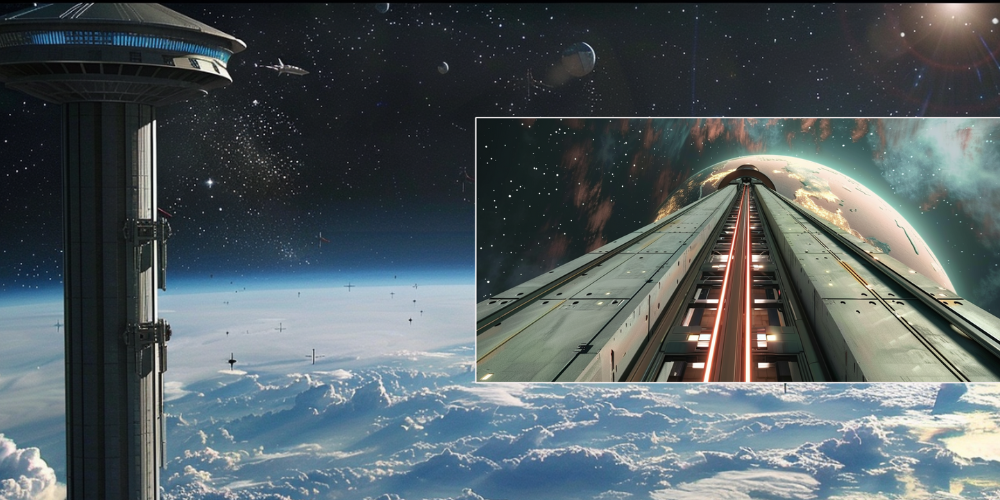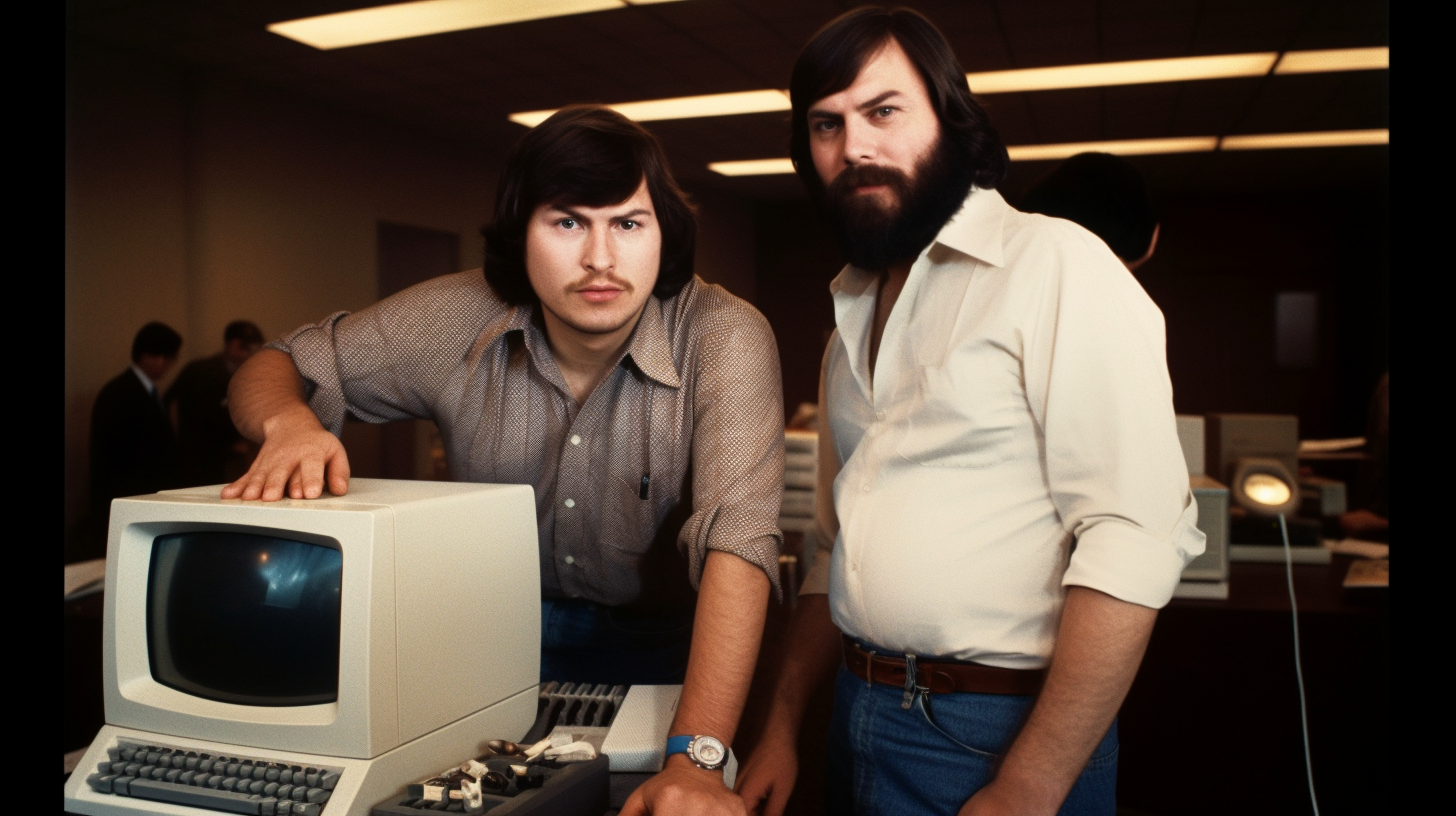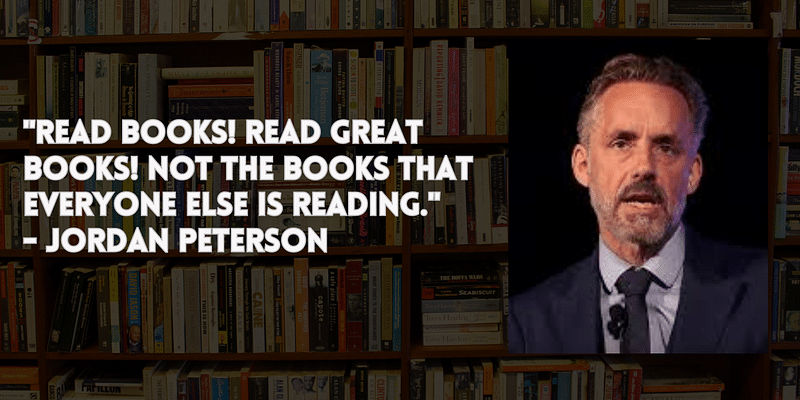Continuous evolution leads to a revolution
Amazon changed the way we buy things, Uber changed the way we go from one place to another and iPhone changed the way we use our mobile phones. These seem like revolutionary changes in consumer behaviour and as an entrepreneur, these stories inspire me to create my own revolution. Create a product that will change the way people live a core part of their lives. And by doing so, change the world. Sounds revolutionary? Here’s a little secret. If you create a consumer experience that is so revolutionary that it is nothing like anything users currently have, it will fail. For it to succeed, consumers must be able to relate it to a familiar experience in their life and then find your product better than that. The road to a revolution goes through several steps in evolution.

Before there was online shopping in the US, mail order shopping was a multi-billion dollar business. Consumers would receive catalogues in the mail, select the items they wanted to purchase, pay for shipping, mail a check or credit card information, and then wait for the products to be delivered at home. They would see the product for the first time a few weeks after the payment. Often times, popular products would run out before the order was received. If items did not meet expectations, they could be returned. Amazon made mail-ordering better: inventory was real-time, payments were online, paying for shipping was the norm and returns were entertained.
None of this existed in India. What we had was the concept of calling the local store and asking them to send stuff home - ghar bhijwa do. When the items showed up, consumers paid cash for what they kept and returned what they did not like. The purchasing decision was made at the doorstep after seeing the product. There was no question of charging for delivery. Online shopping needed free cash on delivery to survive. One of the earliest e-commerce websites of India during the late 90s was firstandsecond.com which used to offer cash on delivery. It was a necessary evil. Online shopping was an evolved way of saying ghar bhijwa do. It was okay to ask the delivery boy to come back if it was inconvenient. It was okay to send items back if you changed your mind. The consumer could not care less where the items came from.
Let’s take a look at another example - getting a limo in the US. Users would call the limo agency, provide the address and time, and the limo would show up. The driver knew that it was impolite to call and interrupt your privacy. Calling the user was the last resort. Users expected the driver to be there on the dot and they would. There were curbsides, driveways and demarcated places for limos to stop so the user knew where to look. Limo agencies kept credit cards on file and it was usual to put the ride on the card. It was either a fixed rate to airports or the user signed off on the metered charge. Uber let you do that through the app and then track the cab with an ETA to further improve the predictability that users had come to value. Of my hundreds of Uber rides in San Francisco, I do not remember ever talking to the driver on the phone before she arrived.
By contrast, calling a private taxi in India was a different experience. Users would call the agency and mention a time. There was no guarantee that the taxi would show up at that time. Users were advised to always have a backup plan. The way you would know that the taxi is going to arrive is when you would get a message with the phone number of the driver. You were expected to answer the phone call or call them proactively to give them last-mile directions. Addresses are harder to find in India and calling for directions is the norm. Culturally, interrupting conversations with countless phone calls is fair game too. Ordering an Ola was a better version of that experience. Drivers called the user as soon as they confirmed the ride, first to confirm that they were coming and second to get directions. First-time users used to call two cabs from different services and take the one that got there faster. In the early days, drivers would ask the user for their destination and then ask them to cancel the ride if they were not willing to go. Just as the user could reject a ride after it showed up, the driver could too. Users had a default expectation to pay by cash like their past behaviour with private taxis.
As I created and consumed early products in India and US, it was always interesting how the success of a product experience depended on its ability to map the existing consumer behaviour and then improve the key moments in the experience. Every time we took a blue sky or clean slate approach to conjecture how things should be, consumers rejected the solution. During testing, the uninitiated customers would say “oh, so this is like this” or “this is like that”. Consumers had a need to relate the new experience with something old and familiar. If the product makers did not pick the existing behaviour for consumers to relate to, consumers did it on their behalf while product makers were left shooting in the dark wondering who they were competing with.
Entrepreneurs trying to create a revolution should obsessively get consumers through a step in evolution, and then another step, and so on before they find themselves in a place that the world looks back at and finds revolutionary.
(Disclaimer: The views and opinions expressed in this article are those of the author and do not necessarily reflect the views of YourStory)











